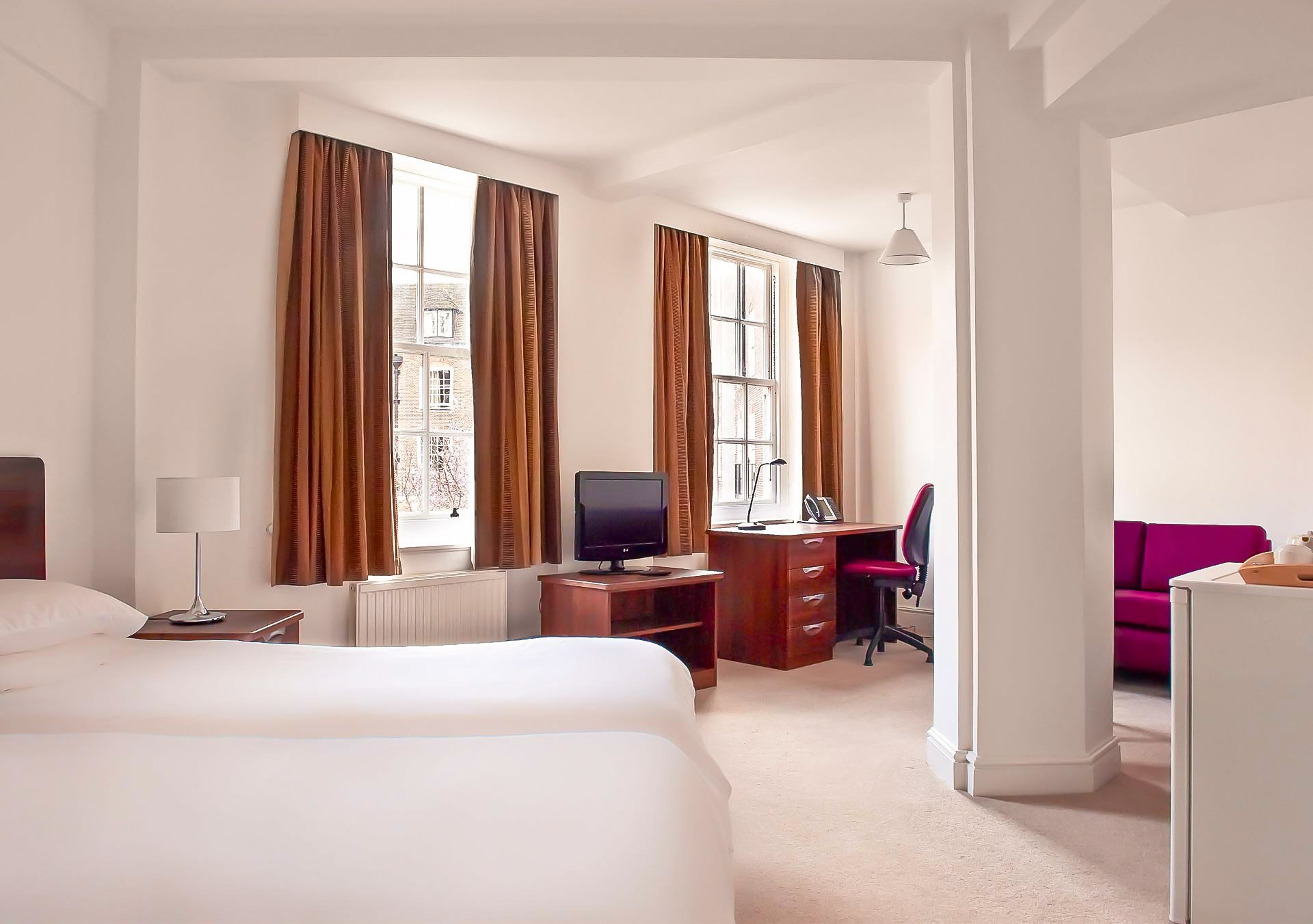Genoa's history goes back to ancient times. The first historically known inhabitants of the area are the Ligures. A city cemetery, dating from the 6th and 5th centuries BC, testifies to the occupation of the site by the Greeks, but the fine harbor was probably in use much earlier, perhaps by the Etruscans. It is also probable that the Phoenicians had bases in Genoa, or in the nearby area, since an inscription with an alphabet similar to that used in Tyre has been found.
In the Roman era, Genoa was overshadowed by the powerful Marseille and Vada Sabatia, near modern Savona. Different from other Ligures and Celt settlements of the area, it was allied to Rome through a foedus aequum ("Equal pact") in the course of the Second Punic War. It was therefore destroyed by the Carthaginians in 209 BC. The town was rebuilt and, after the end of the Carthaginian Wars, received municipal rights. The original castrum henceforth expanded towards the current areas of Santa Maria di Castello and the San Lorenzo promontory. Genoese trades included skins, wood, and honey. Goods were shipped to the mainland from Genoa, up to major cities like Tortona and Piacenza.
The medieval gates of Genoa are a rare survivor of the city's oldest buildings.
After the fall of the Western Roman Empire, Genoa was occupied by the Ostrogoths. After the Gothic War, the Eastern Romans made it the seat of their vicar. When the Lombards invaded Italy in 568, the Bishop of Milan fled and held his seat in Genoa. Pope Gregory the Great was closely connected to these bishops in exile, for example involving himself the election of Deusdedit. The Lombards, under King Rothari, finally captured Genoa and other Ligurian cities in about 643. In 773 the Lombard Kingdom was annexed by the Frank empire; the first Carolingian count of Genoa was Ademarus, who was given the title praefectus civitatis Genuensis. Ademarus died in Corsica while fighting against the Saracens. In this period the Roman walls, destroyed by the Lombards, were rebuilt and extended.
For the following several centuries, Genoa was little more than a small centre, slowly building its merchant fleet which was to become the leading commercial carrier of the Mediterranean Sea. The town was sacked and burned in 934 by North African pirates and likely abandoned for a few years.
